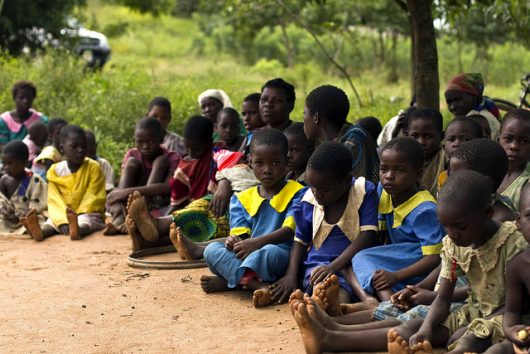Education in Malawi: An Investment in Students

While the availability of schooling has improved, education in Malawi is still hampered by many issues: insufficient funds, high student to teacher ratios, non-mandatory attendance and irregular attendance and high female dropout rates. Exams also act as a barrier to rather than a bridge towards continued schooling.
Schools are short-staffed, and class sizes of more than 100 children make teaching a tiring profession. In June 2016, the Malawi government was forced to rethink their funding for teachers after a teacher’s strike.
The Ministry of Finance, Economic Planning and Development provided $16 million in funding to hire 10,500 primary school teachers and 466 secondary school teachers next year.
It is vital that the government invests in children’s education and values teachers. However, as CCTV Africa predicts, the Treasurer might have a difficult time procuring the funds promised without foreign aid.
This is a valid concern because the World Bank has decreased the amount it will spend on education in Malawi; it will spend $44.9 million on education in Malawi within the next four years, only half the amount of aid it gave in previous years.
The previous grant with contributions from Germany, UNICEF, IDA and DfID achieved a great deal in five years. Funds from the grant were used to construct 2,936 classrooms and boarding homes and produce 26 million textbooks.
It also provided more than 80,000 children money for school and allowed 23,550 teachers to be trained to initiate a distance learning program. The dispersal of the upcoming grant from the World Bank will be geared towards early education and education for women.
Education in Malawi is at a turning point. Basic needs and accommodations are met, however, the state must further consider the mental well-being of teachers and students.
Recent revisions of the 2016 academic calendar, released last summer, allots days for holidays and midterm breaks. This keeps morale up and gives students a break from their usually rigorous schedule. The Ministry of Education mandates that this schedule applies to both public and private schools, to ensure a healthy learning environment for all.
Another significant change to the secondary school curriculum will take place. The Junior Certificate of Education (JCE), a test used to gauge an individual’s readiness for the Malawi School Certificate of Education (MCSE), will begin to be phased out. Malawi education officials noted that the test had become an obstruction for young women, who are less likely to pass this test due to poor childhood education.
Thus, the ministry moved to drop the test and allow everyone to advance to Form 3 and 4. In these higher-level classes, female students will have 2 more years to study and prepare for the MCSE, and access a larger selection of classes. This will give more girls the opportunity to continue their educations and complete secondary school in a timely manner.
– Amy Whitman
Photo: Flickr
